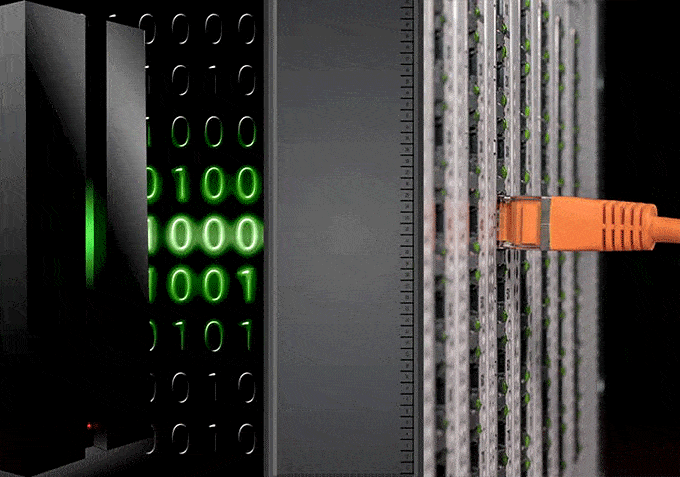words Alexa Wang
In today’s era, businesses face cybersecurity threats of varying degrees. The rise in cyber attacks underscores the importance of prioritizing cybersecurity to safeguard information and maintain customer trust. Selecting the right cybersecurity framework amidst the options available can be overwhelming. This article aims to guide you in choosing the best cybersecurity framework by considering essential factors and comparing different choices.
1. Evaluate Your Business Needs and Goals
Before exploring top cybersecurity frameworks, it is crucial to assess your business requirements and objectives. Understanding your industry’s characteristics, compliance obligations, and company size will aid in making an informed decision. Assess your IT setup, data assets, and any potential risks that may arise. Additionally, determine whether your chosen framework aligns with your business needs or whether adopting another established framework would be more appropriate. Remember that a comprehensive assessment will help pinpoint gaps in your existing security measures and highlight areas for enhancement.
2. Get to know the cybersecurity frameworks
There are several well-known cybersecurity frameworks that organizations may consider using. Let’s take a look at three popular options:
- NIST Cybersecurity Framework (CSF): Developed by the National Institute of Standards and Technology (NIST), this framework offers guidance on how businesses can recognize, detect, safeguard against, respond to, and recover from cyber threats. It provides adaptability by allowing organizations to tailor the principles to their requirements.
- ISO 27001: Created by the International Organization for Standardization (ISO), this framework serves as an accepted standard for managing information security risks. It covers various aspects, such as risk evaluation, implementing security measures, ongoing improvement processes, monitoring systems, employee training programs for awareness, and frameworks for responding to incidents.
- CIS Controls: The Center for Internet Security (CIS) has developed a set of 20 controls that organizations can put in place to bolster their cybersecurity stance. These controls are based on the knowledge of cybersecurity experts and offer actionable guidance to fortify an organization’s defenses against cyber threats.
3. Consider Key Factors When Selecting a Framework
When choosing the most suitable framework for your business, it’s important to take into account a few key factors:
- Complexity and Scalability: Evaluate if a framework matches the complexity and scalability requirements of your business. Make sure it can evolve as your company expands while minimizing disruptions during implementation.
- Compliance with Regulations: Different industries have compliance standards that businesses need to follow. Familiarize yourself with these regulations and opt for a framework that helps you adhere to them.
- Resource Needs: Assess the required resources, like the budget and skilled staff needed to implement and maintain a framework. Remember to consider training, monitoring tools, software licenses, and support required by the chosen framework.
- Industry Norms and Best Practices: Keep abreast of industry norms and best practices concerning cybersecurity frameworks. This knowledge will assist you in recognizing emerging trends and selecting a framework that meets those standards.
4. Seek Guidance from Experts or Consult Professionals
Understanding all the intricacies of cybersecurity frameworks may not be feasible for every business owner or IT team member. In such situations, seeking advice from experts or consulting professionals in the field could prove beneficial. Interacting with consultants specializing in cybersecurity frameworks can offer insights tailored to your business requirements. They can objectively evaluate your needs and suggest appropriate frameworks that match your objectives while ensuring compliance with the relevant regulations.
In Conclusion: Establishing a Strong Cybersecurity Framework
Protecting sensitive or confidential data from threats is crucial for businesses in today’s interconnected world. By assessing their needs, understanding established cybersecurity frameworks, considering important factors, and seeking expert guidance when necessary, businesses can confidently choose the right framework to safeguard their digital assets. Remember, selecting the best cybersecurity framework for your business lays a strong groundwork for securing data and maintaining continuity in an ever-changing threat environment. Stay proactive, prioritize cybersecurity practices, and adjust your chosen framework as needed to stay ahead of risks.





